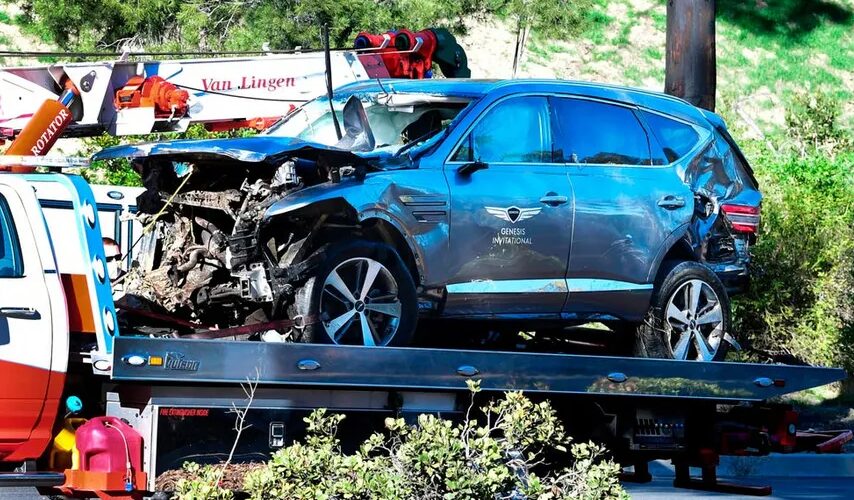Hyundai IONIQ 5 has become a hot topic after a recent rear-end collision, where it protected 18-month-old twins. This incident highlights the vehicle’s exceptional safety features and has been shared widely on social media, earning praise from owners and safety experts alike.
A Story of Survival: The Barrett Family’s Experience
A user, known as Shane Barrett, recently shared his family’s terrifying but ultimately miraculous traffic accident on social media. In his post, he explained that a speeding pickup truck rear-ended their Hyundai IONIQ 5 while they were stopped to make a left turn on a road with a 55 mph (88 km/h) speed limit.
“The car behind us didn’t slow down at all,” Barrett wrote. “The police didn’t find any skid marks at the scene, so we don’t know how fast they were going, but it was likely over 60 mph (96 km/h).”
Despite the immense impact, the IONIQ 5 performed its job perfectly, protecting the family—especially his 18-month-old twins in the back seat. While the car’s rear was heavily damaged, photos shared by Barrett show that the passenger compartment and the car seats remained intact, with the family sustaining only minor scratches.
Engineering Excellence: The Secret Behind the IONIQ 5’s Safety
The Hyundai IONIQ 5’s remarkable safety performance is a testament to its advanced engineering. Built on the E-GMP (Electric Global Modular Platform), the vehicle is designed to absorb impact energy in a sophisticated way.
- Rear-End Collisions: The platform intentionally deforms the rear member to absorb impact while using reinforced hot-stamped steel on the lower members to protect the “safety zone” and prevent battery damage.
- Side Collisions: The battery pack is integrated into the vehicle’s structure to increase rigidity. An aluminum extrusion is also used inside the side sills, which are located on the outside of the battery, to distribute impact energy and protect the frame and battery case.
- Front-End Collisions: The car’s frame uses a “double-box” member design with multiple reinforcement structures to effectively disperse crash energy and protect occupants in various collision scenarios, including small overlap crashes where the impact is concentrated on a small part of the front end.
The IONIQ 5’s superior safety was officially recognized in March when it was awarded the Top Safety Pick+ (TSP+) rating by the Insurance Institute for Highway Safety (IIHS), confirming its status as one of the safest vehicles on the market.


A Pattern of Protection: Hyundai’s Safety Legacy
The Barrett family’s story is not an isolated incident. Hyundai Motor Group vehicles have a proven track record of protecting occupants in severe accidents.
- Tiger Woods (2021): The golfer survived a rollover crash in a Genesis GV80, with police noting that the vehicle’s interior remained largely intact despite the extensive exterior damage.
- Canyon Crash (2022): A couple in an Elantra N survived a 300-foot plunge into a canyon in the U.S., emerging with only minor injuries.
- Jaromir Jagr (2022): The Czech ice hockey legend walked away with a minor hand injury after his EV6 collided with a streetcar.
These incidents, along with the Barrett family’s story, continue to reinforce the public’s perception of Hyundai’s commitment to safety. As Shane Barrett concluded his post, “I’ll probably buy another IONIQ,” echoing the sentiment of many who have experienced the protective power of these vehicles.

